Mandarin Bonsai Tree (lingustrum) is an indoor species. Mandarins, also known as Chinese Privet, grow fast and are ideal for beginners to practice pruning
Mandarin (lingustrum)
Placement
Like most semi-tropical bonsai trees, during the growing seasons of spring and summer, your Mandarin tree’s growth and health would benefit from the extra sunlight and airflow that the summer months bring, so consider placing it outside in a sunlit spot once it gets warm and sunny. Note that the Mandarin bonsai tree does not tolerate big drops in temperature well and ensure that it is protected from the wind and temperatures overnight do not drop under 10 °C.
As autumn comes around, bring your Mandarin bonsai tree into the house and provide it with a warm and well lit space, keeping constant temperature between 10 °C and 20 °C with high humidity. If it is difficult to keep your tree warm and with enough light over the winter, consider investing in heaters and artificial lighting and take into account that the warmer the position, the more light is needed.
Watering
chinese privet
There is no definitive guide to watering and it should be conducted on an observational schedule, not a routine. This means that it is important to keep an eye on the moisture levels of the soil to avoid over and under watering, both which can lead to dropping leaves and/or root death. The amount of water a bonsai requires depends on pot size, climate, airflow, soil and tree type so it is best to use your eyes and fingers to assess whether the soil is damp, wet or dry. As a general guide, if the top inch or so has dried, it is ready to be watered. Your Mandarin bonsai tree will need plentiful watering, especially in the growing season, and will visibly wilt when thirsty. When you water, ensure an even coverage over the roots and soil, allowing water to flow out from the bottom of the pot to allow for a good soaking. Never let the soil dry out completely and never let your bonsai sit in water for long periods of time.
A Mandarin bonsai tree also requires high humidity and this can be achieved by placing a gravel tray under the pot, as well as using a mister to spray the leaves.
Fertilising
chinese privet
Using fertiliser on your Mandarin bonsai tree will help encourage healthy growth and this should be done periodically from once a week to every two months and only during the growing season. You can start adding nutrients to your water from March until October and use weekly. If using solid fertilizer, use once every one to two months. With bonsai trees, less is more and we tend to advise using half the recommended dosage to see how your bonsai reacts first.
Pruning and wiring
chinese privet
Pruning your bonsai is important not only to maintain or create an aesthetic style but to also ensure light and airflow can reach inner leaves and the Mandarin bonsai tolerates pruning very well. To trim and maintain the appearance of the tree, allow the shoots to grow up to 4cm and then cut back with sharp bonsai scissors to two leaves left. This should be done during the spring and summer growing season and will encourage back budding and new leaf growth. Harder pruning of the branches and stems should be left until the winter or early spring before new growth starts.
Training your bonsai using wiring is possible to create a lovely tree silhouette, and can be done any time of the year, but spring and summer are usually best, when the branches are more supple and pliable.
Repotting
chinese privet
Repotting your tree is an important way to provide a fresh and suitable soil mix and ensure appropriate root health. As a general rule, your Mandarin bonsai tree will need to be re-potted every two to three years, and only in spring, but you should check if it has become root-bound before you change pots. You can do this by lifting the tree gently out of the pot by the main trunk and examining the root system. You will know it is ready if you can see the roots are circling around each other and the pot. If, however they still appear contained in the soil, you should place it back and wait until the following spring to check again. The Mandarin bonsai tree takes root pruning well, and you can use any standard soil mix for repotting.
Showing 1–20 of 22 results
-
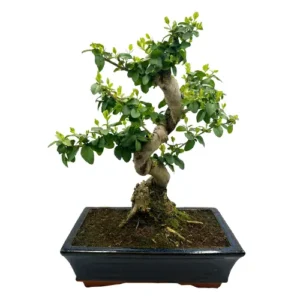
Bushy Mandarin Tree 38cm
£75.00 Add to basket -
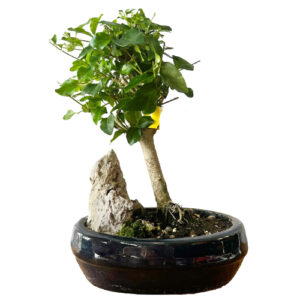
Broom Style Mandarin Tree 23cm
£35.00 Add to basket -

Rock With Mandarin Tree 23cm
£35.00 Add to basket -
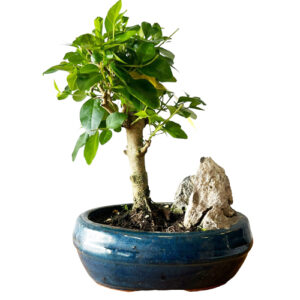
Small Rock Mandarin Tree 23cm
£35.00 Add to basket -
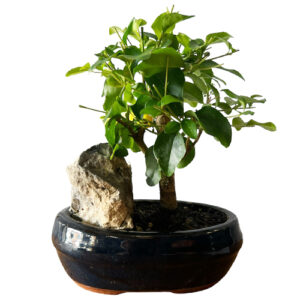
Rock Featured Mandarin Tree 23cm
£35.00 Add to basket -
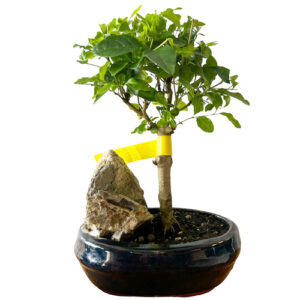
Rock With Young Mandarin Tree 26cm
£35.00 Add to basket -
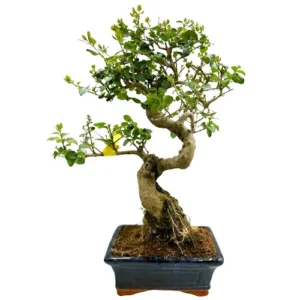
Lovely Mandarin Tree 38cm
£40.00 Add to basket -
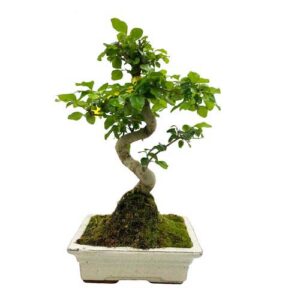
Perfectly Structured Mandarin Tree 36cm
£45.00 Add to basket -
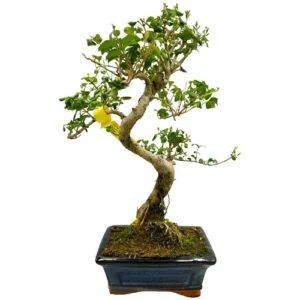
Lob-sided Mandarin Tree 39cm
£40.00 Add to basket -
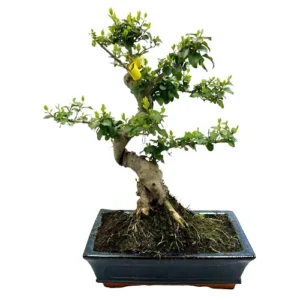
Lime Leafed Mandarin Tree 40cm
£75.00 Add to basket -
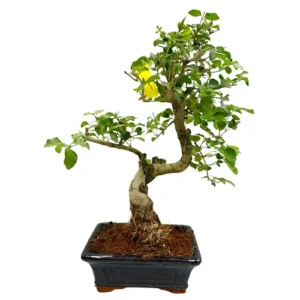
S-Shaped Mandarin Tree 38cm
£40.00 Add to basket -
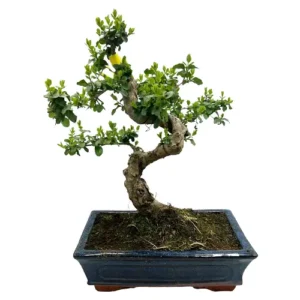
Indoor Mandarin Tree 39cm
£75.00 Add to basket -
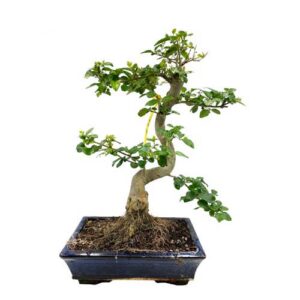
Lovely Mandarin Tree 46cm
£75.00 Add to basket -
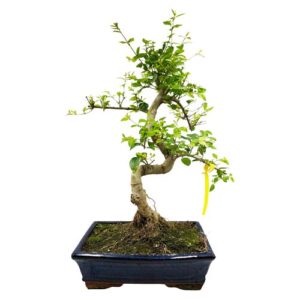
Tall Mandarin Tree 46cm
£90.00 Add to basket -

Multiple Canopied Large Mandarin Tree 72cm
£275.00 Add to basket -
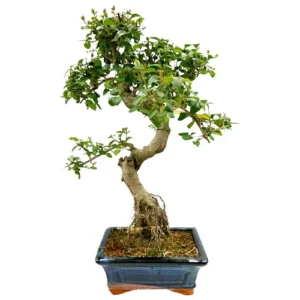
Raised Roots Mandarin Tree 41cm
£40.00 Add to basket -
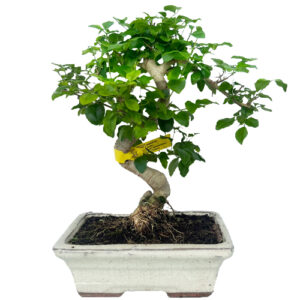
Small Mandarin Tree 34cm
£45.00 Add to basket -
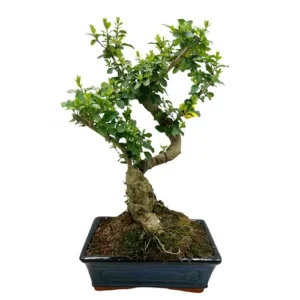
Twisted Trunk Mandarin Tree 37cm
£50.00 Add to basket -
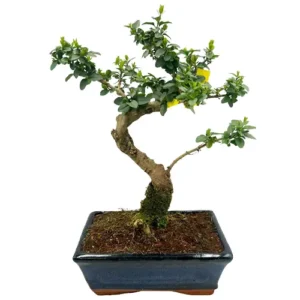
Curvaceous Mandarin Tree 35cm
£50.00 Add to basket -
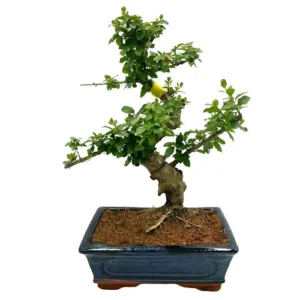
Nice Mandarin Tree 34cm
£50.00 Add to basket
